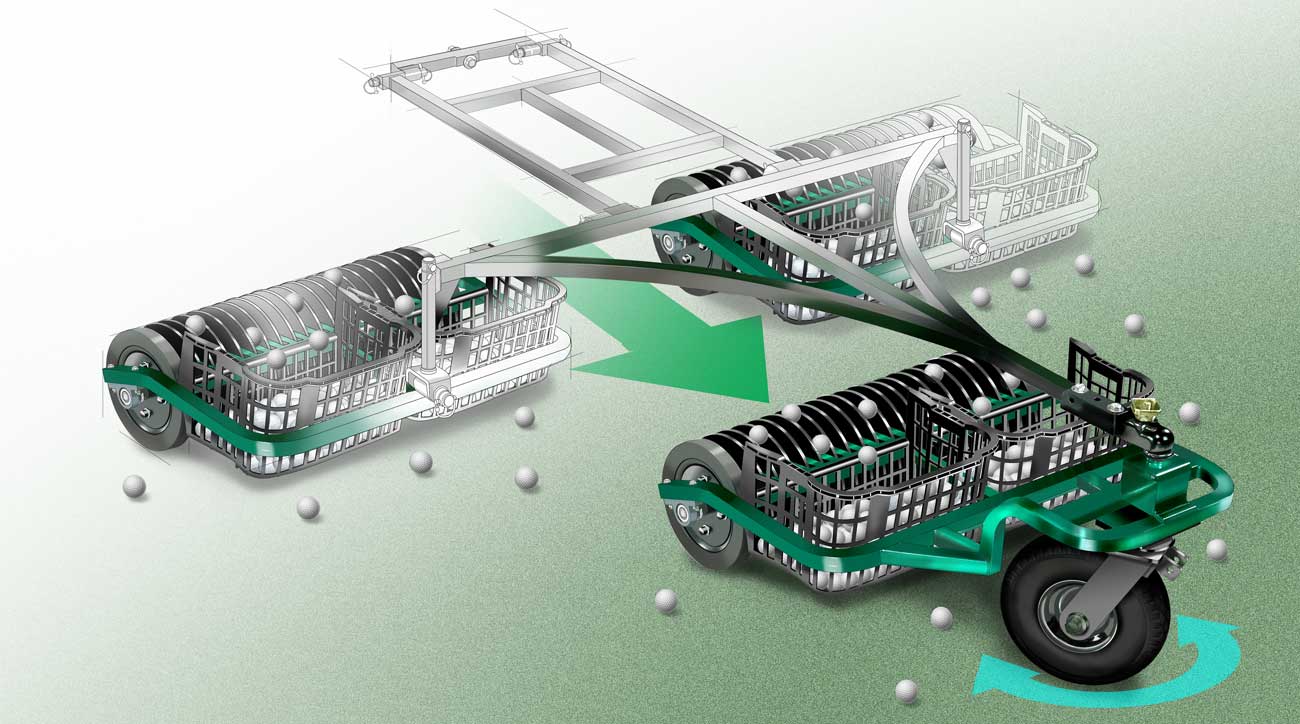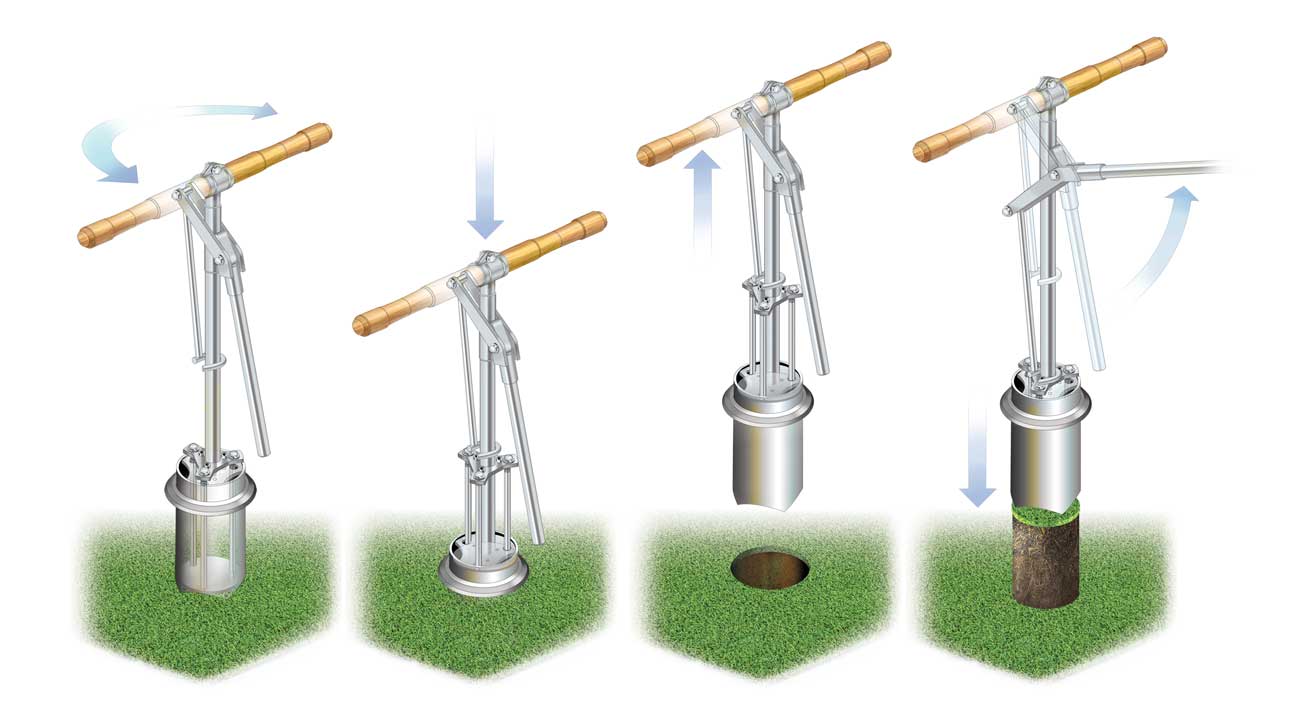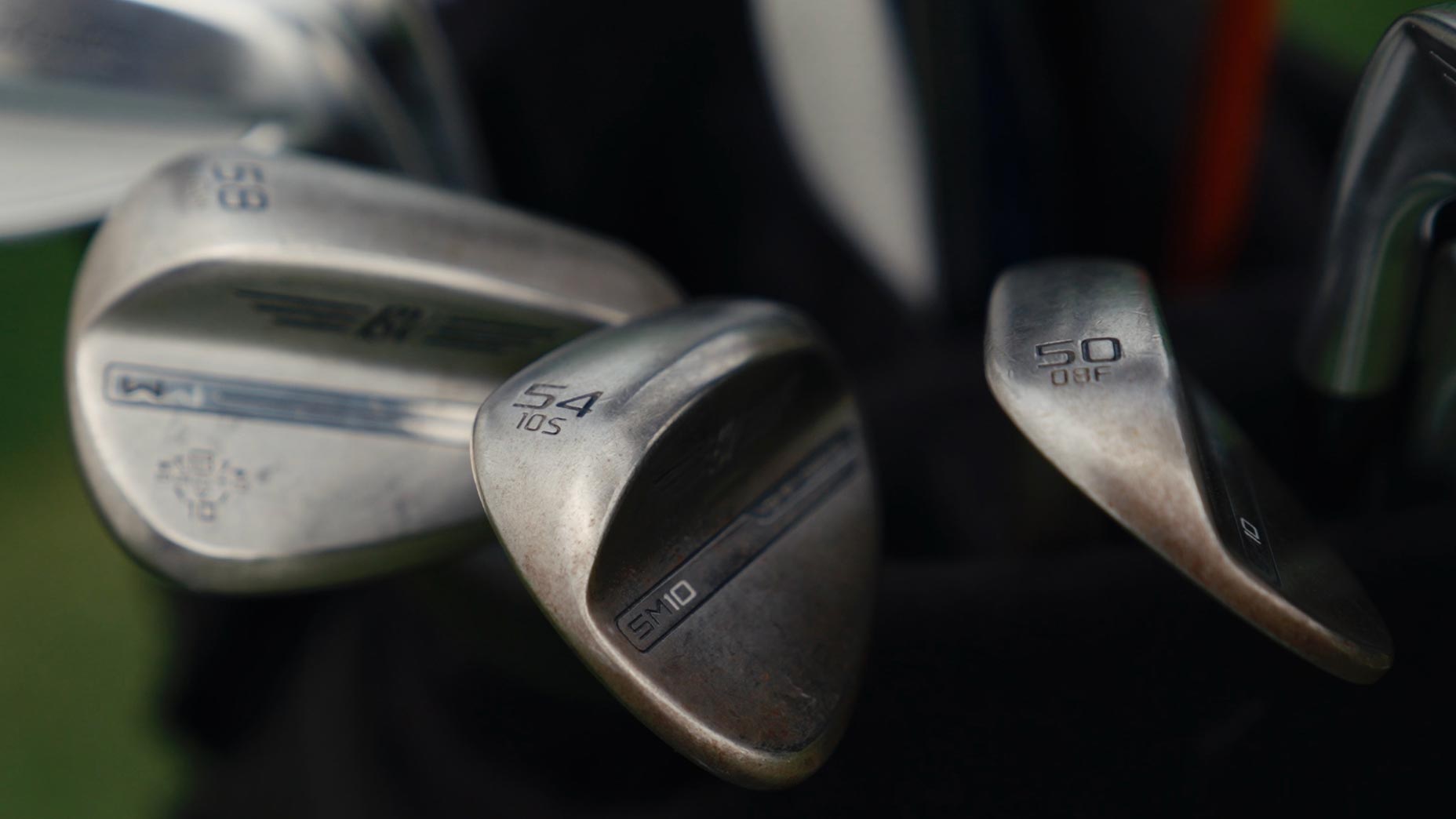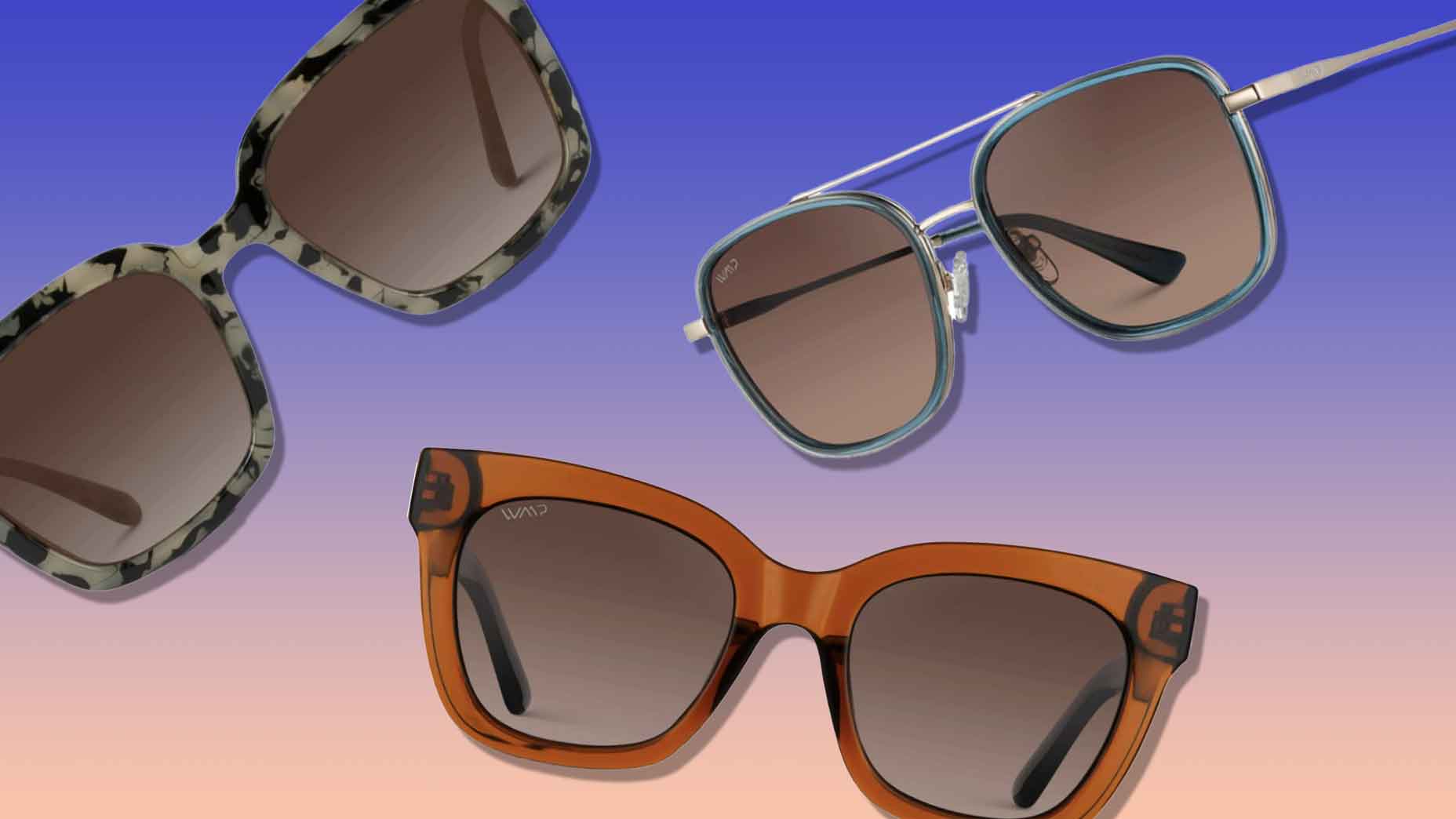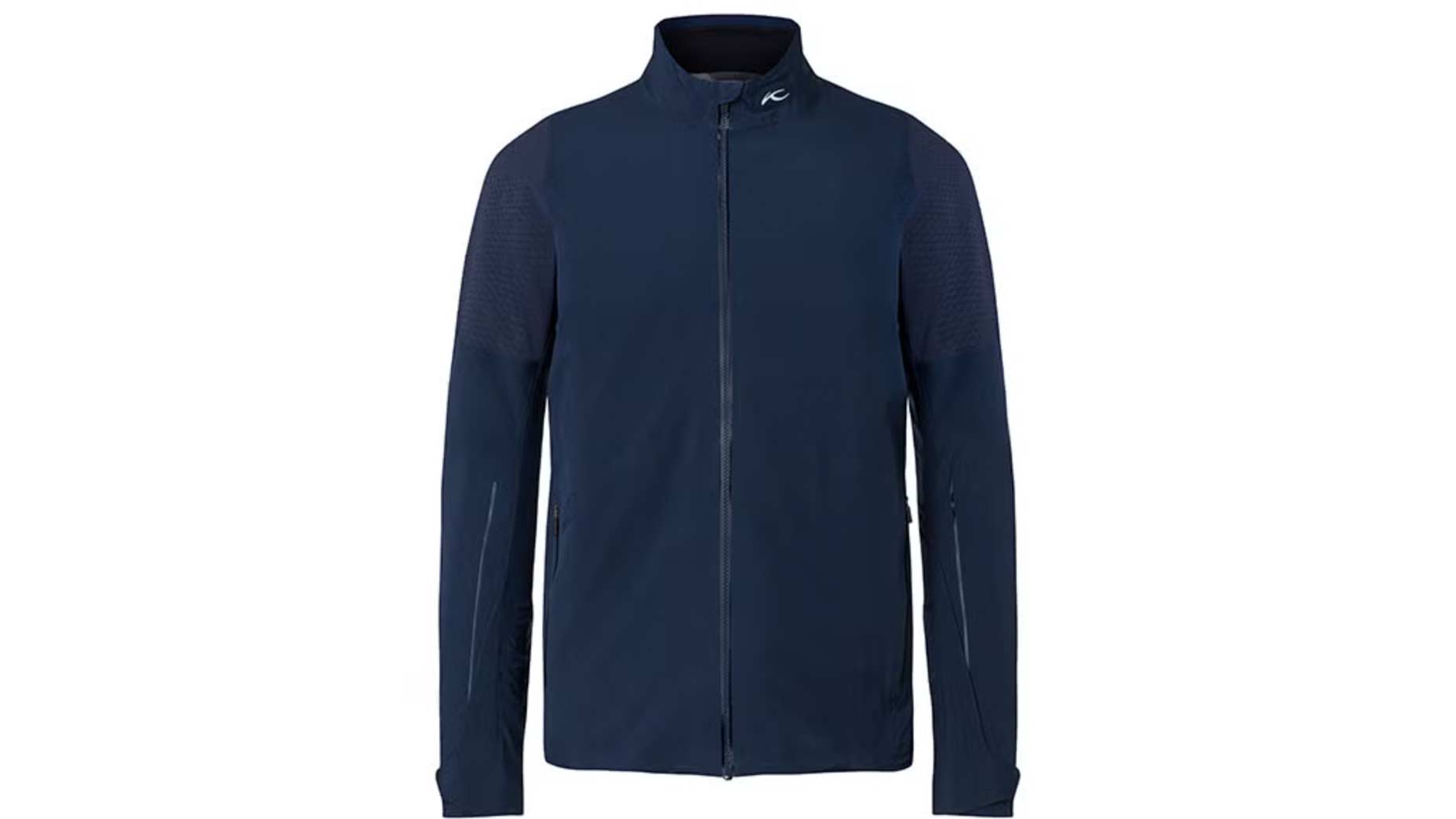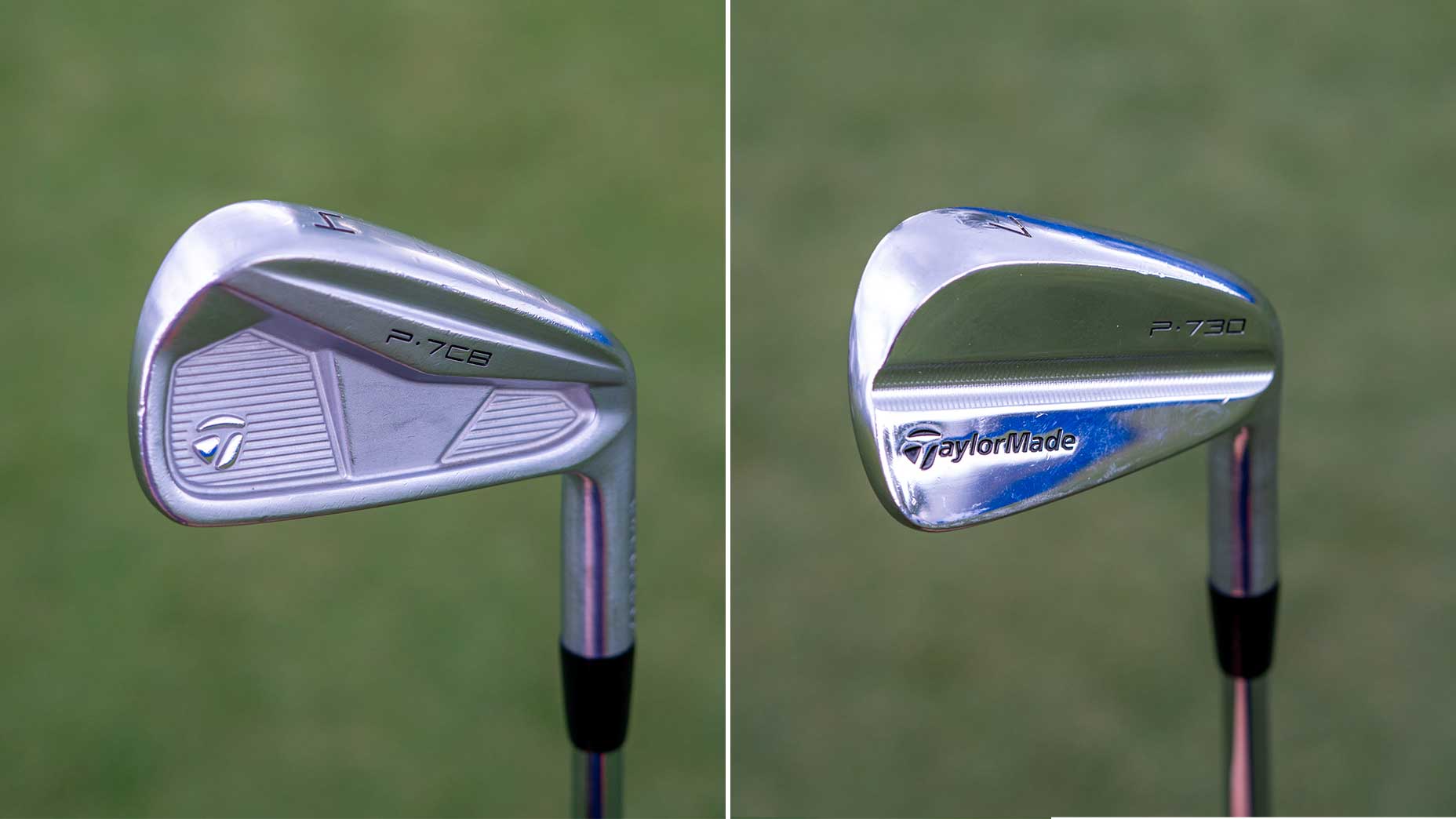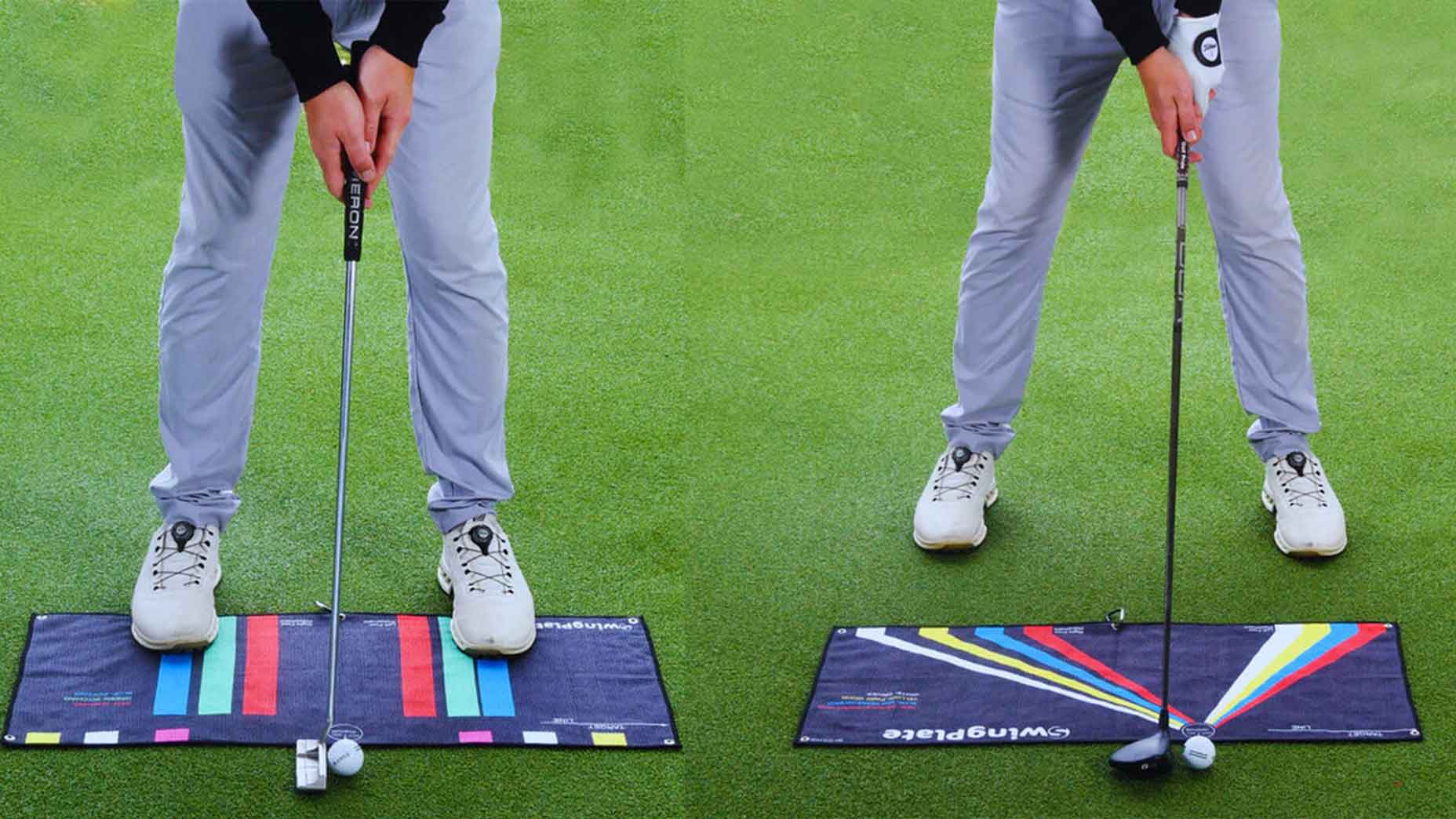 The year’s best-selling training aid is simple and effective
The year’s best-selling training aid is simple and effective
How it works: Automatic putt returners save strokes — and your back

For the intrepid few, tinkering is a coping mechanism for cold weather. Chipping marts and plastic balls line the basement, instructional videos fill internet search history and most recognizably, putters become permanent fixtures in offices and living rooms. After all, the fanatics reason, if the Persian rug rolls at a seven on the stimp, what’s the harm in practicing a couple six-footers?
While our beloved addicts never tire of fiddling with their putters, their aching backs do. That is, unless they’ve been fortunate enough to autonomously elevate their tinkering with the help of the battery-powered putting return aid. You know what the machine does: putt a ball toward the “hole” and, if the ball hits it, the machine fires it right back to you. Simple? That’s just the way we like it.
1. Ramp
Before the machine can start, it requires you, the human, to hit a proper putt. On the device is a ramp with a target — a white “U” 4.25 inches wide, the same diameter as a golf hole. If the putt isn’t hit up the ramp at the right pace or at the U on the right line, the machine isn’t activated — training you to hit firm, straight putts.
2. Sensor
The machine’s sensor sits facing outward at the back of the hole. So long as the putt clears the ramp, the ball will funnel into the center of the target and come to rest against that back wall. This pressure activates the sensor, which connects a pair of brass electrical contacts on the inside of the device, powering the batteries through the red (positive) wire.
3. Motor
The motor is the energy center of the machine. It draws power from the batteries via the black (negative) wire. When the ball rests against the sensor, it completes the electrical circuit and activates the motor. The motor remains in action until the spring returns to its resting position. Brian Haug, a mechanical engineer in New York, says it’s all ingeniously simple. “The motor is the only electronic section in the entire machine,” he says. “The wires allow the motor to draw and distribute power from the batteries without needing a circuit board.”
ADVERTISEMENT
4. Gears
The gears are set in motion when the motor is activated. First, a worm gear attached to the motor begins to turn, which then twists the other three, larger gears. On top of the largest gear are notches that attach to the spring. As the gears continue to turn, the large gear pulls the spring back, compressing it and building potential energy.
5. Spring
The spring sits within a plastic “arm” inside the machine. Think of it as a little battering ram. This is the mechanism that physically contacts the ball to “return” it to the golfer. Once the sensor is triggered and the circuit completed, the motor pulls the gears and compresses the spring, building pressure. When the spring is finally released, it creates enough force to propel the ball back to the golfer.
Want more “How it Works”?
How it works: A greens mower
How it works: TecTecTec’s ULT X rangefinder
How it works: FootJoy Fury golf shoes
How it works: Cobra’s F9 Speedback irons
To receive GOLF’s all-new newsletters, subscribe for free here.
ADVERTISEMENT


